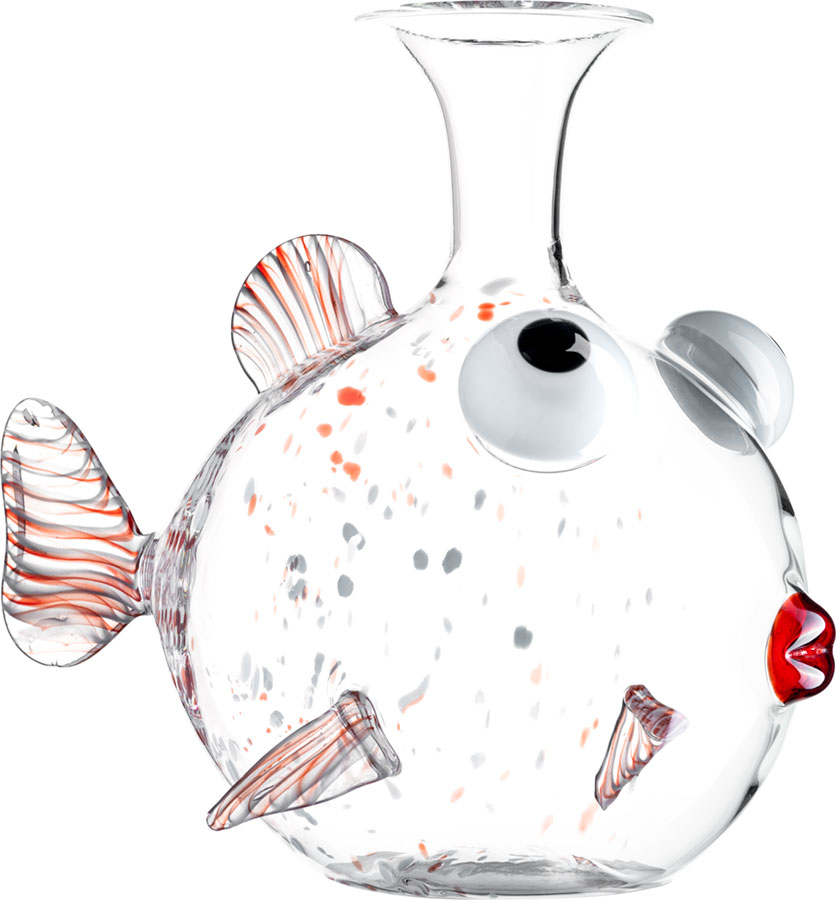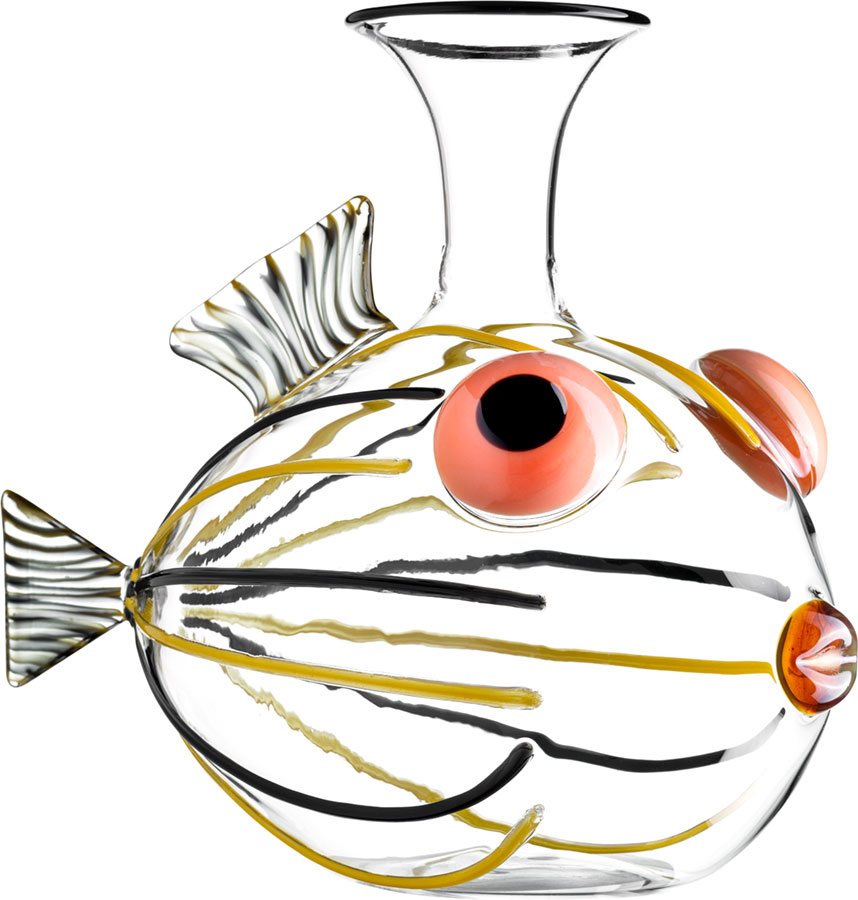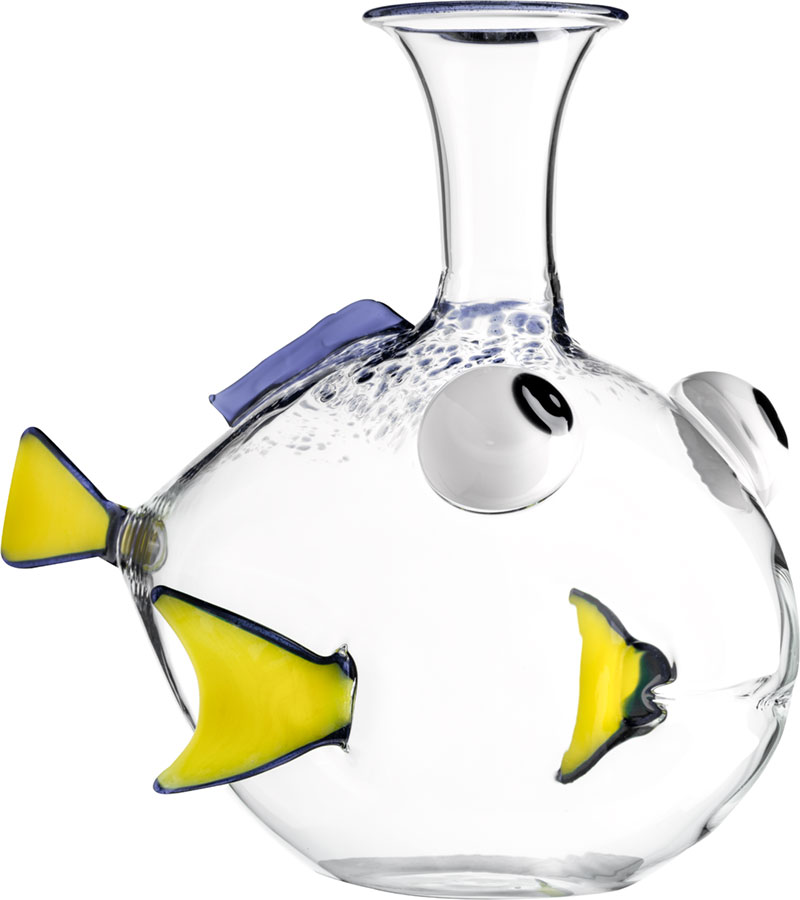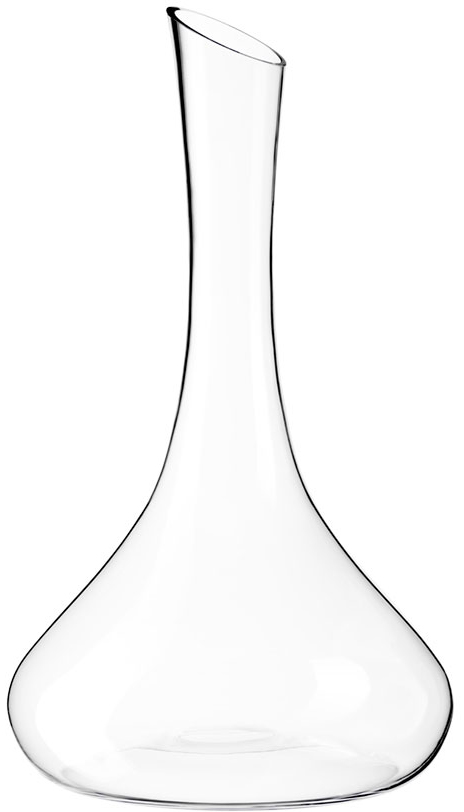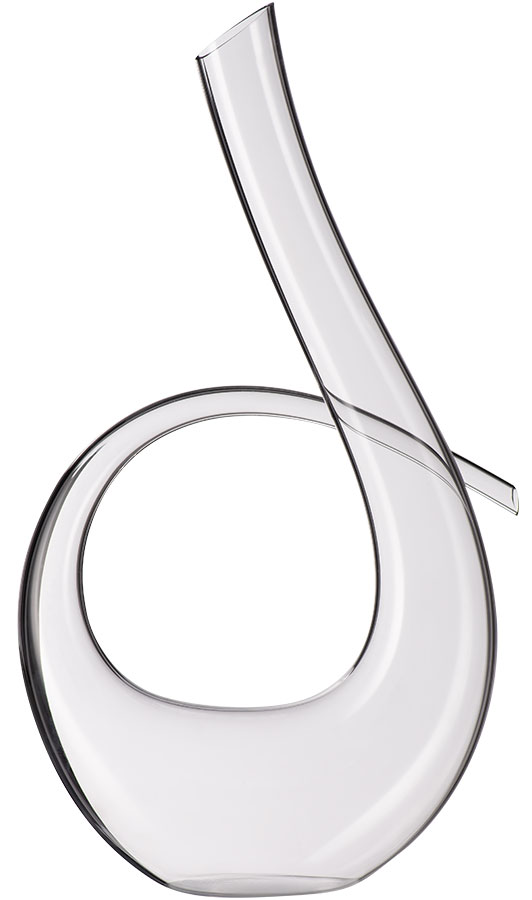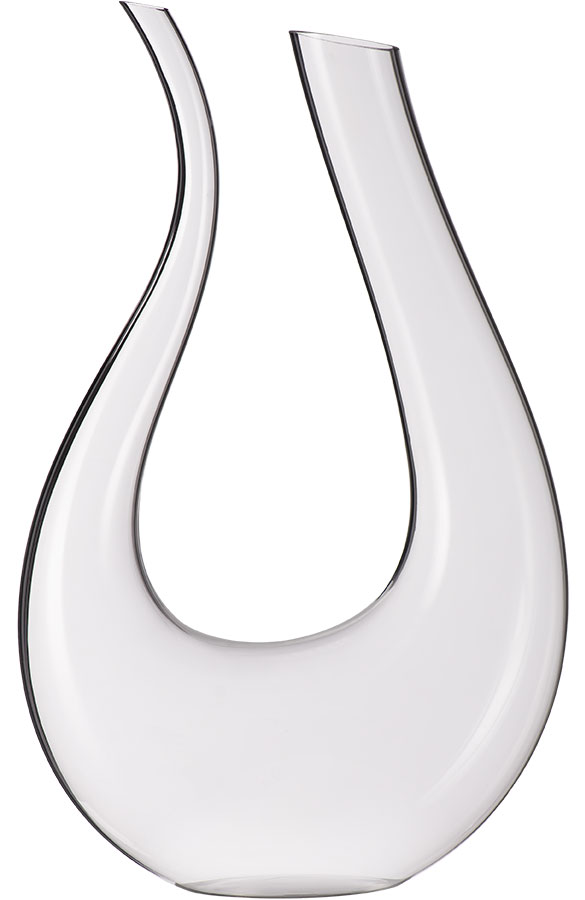Decanters
No true wine connoisseur is to be found without a high-quality decanter, as you can only get the best out of a wine stored for a long time by decanting and aerating it properly.
The contents of a bottle are decanted into a glass carafe known as a decanter. Red wines in particular profit immeasurably from this process. But why is all this necessary? And what’s the difference between decanting and aerating?
Some wines must breathe
Well, heavy red wines must breathe. This is the only way their fine aromas and full flavour can unfold. A controlled addition of oxygen is necessary to release the esters and hydrocarbon compounds so that your fine wine can reveal its sophisticated scent. This process is called “aerating” and the special shape of a decanter is perfect for this. The enrichment of oxygen encourages the flavour and fragrance of young wines to develop.
Impurities cloud wine enjoyment
We talk about “decanting” to describe separating the wine liquid from the sediment, which collects on the bottom of the bottle mainly in older red wines after long periods of storage (at least six to eight years).
Decanting white wines
Although decanting is customary with red wines, particularly full-bodied white wines are also now transferred into a decanter as well. This is primarily to do with releasing the exquisite aromas rather than separating liquids from the sediment. The process must, however, be kept short, as white wine shouldn’t warm to room temperature. Decanters are available in many exotic shapes and unusual designs. However, we have chosen to base our decanters on the classic carafe shape. We believe that the flat, broad bowl combined with a long, narrow neck encourages the wine to oxygenate optimally and thus boost drinking enjoyment.
HANDLING TIPS
(1) The right way to fill your decanter
In essence, the size of the decanter determines how much liquid it should ideally hold. In any case, the wine should only sit in the bowl so that it has enough space to release its aromas. Older red wines should be decanted very carefully, and over a source of light. This makes it quite straightforward to separate the sediment from the pure wine and achieve optimum drinking pleasure.
(2) Why decant?
Pouring wine into a decanter is commonly known as “decanting”. In truth, “decanting” is separating the pure liquid from the wine sediment at the bottom of the bottle. The sudden and controlled addition of oxygen is actually called “aeration”, which allows the esters and hydrocarbon compounds to come rapidly into contact with the oxygen, thus releasing the full intensity of the wine’s aromas. In the bottle, a substance called tannin prevents any reaction with the aforementioned substance; this encourages longer durability. As the wine naturally adjusts to room temperature upon decanting, this process is mainly recommended for red wines. Very rich white wines also profit from a short decanting process.

(3) Proper maintenance for decanters
Deposits quickly form on the bottom of decanters, which are difficult to reach and remove depending on the design and shape. It is therefore advisable to rinse your decanter several times with warm water immediately after use. If this is not possible for whatever reason, you should only resort to a small amount of washing-up liquid. Alternatively, mix a touch of baking powder with a litre of hot water. Leave this to work for a little while and rinse out thoroughly, upon which your decanter will be gleaming. Chalk residue clouds the glass surface, but can easily be removed with distilled water. To dry, place the decanter in such a way that the liquid can run off the receptacle completely. Preferably place the decanter on an appropriate mount. Follow these cleaning tips and your decanter will last a lifetime.


